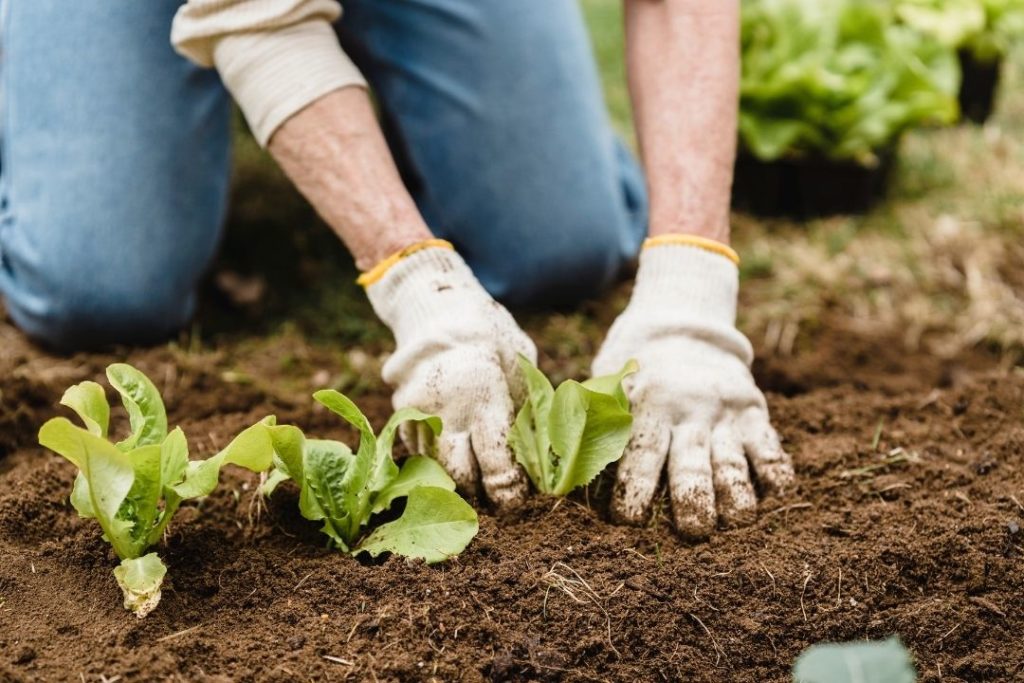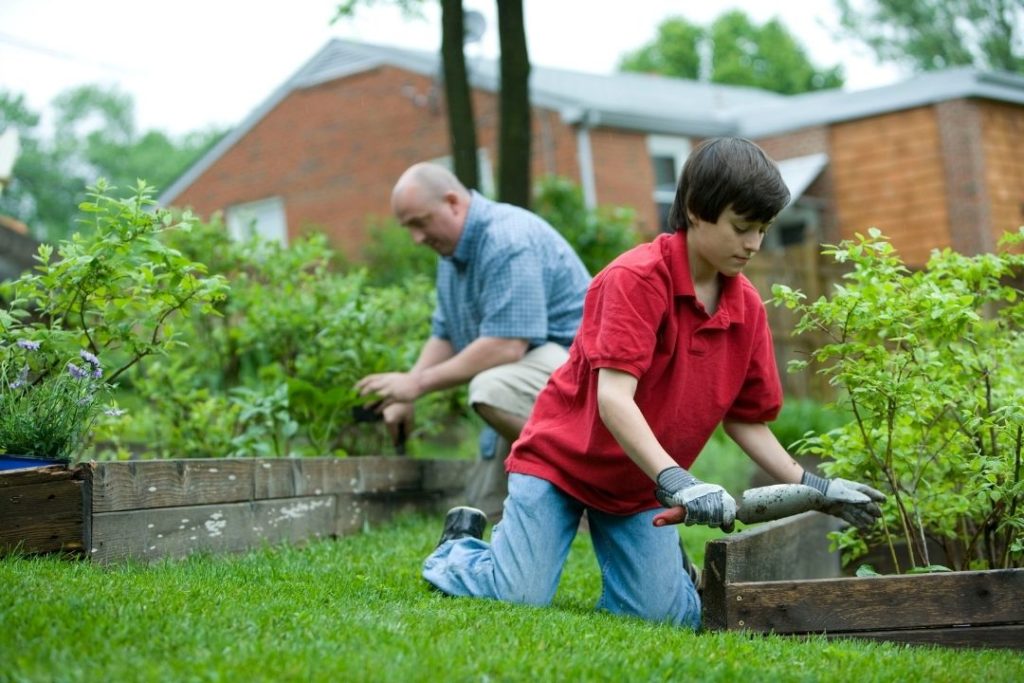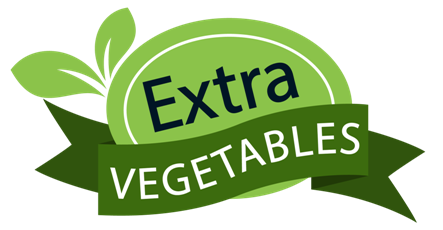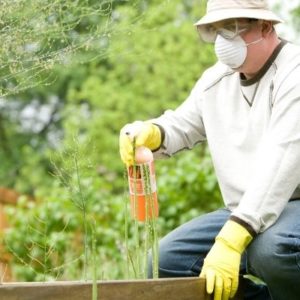Vegetable Fertilizers are usually used to grow plants better. But when is the appropriate time to use fertilizer? This is indeed an important question for beginners who find interest in gardening or harvesting. We will discuss the basics of using fertilizers in the following article.

What is vegetable fertilizer?
The soil we use for gardening is indeed rich in organic matter but plants often need some more food and nutrients to grow better. This is the time we apply fertilizers to plants. Vegetable Fertilizers are equal to the nutritional supplements we all consume at some point or the other. If we consider tomato, is a vegetable that needs more calcium in the soil to grow. So, if we add some fertilizer rich in calcium, the plants will grow faster and better.
The plants you’ve grown and harvested in your garden have taken nutrients from the soil. Now when you harvest some more plants in the next season, you will need some fertilizers to replace those nutrient components in the soil before you plan to grow more plants. This is the major role that vegetable fertilizer play. It replaces the nutrients that are lost from the soil so that the soil nutrient levels are at a level where healthy plants can grow.
If you are a beginner the first step should be testing the soil during autumn to see the kind and amount of fertilizer it needs to grow a basic level of healthy plants. Not every gardener has to take a soil test but as advisors, we recommend that action.

You have to be attentive while applying fertilizers to the soil. If you overfertilize the starving plant, it may react the opposite. Plants only use the nutrients that they need so you need to know which fertilizer is suitable for which plant before you apply it. There should not be more than the necessary fertilizer as it may cause abnormal growth and adverse effect.
When to use vegetable fertilizer in the garden?
If you are growing edible crops like vegetables or fruits, you should apply the fertilizer during spring and mixed into the soil before planting. You can work on granular fertilizer very gently if you have already planted seedlings or seeds. You have to apply the fertilizer in the upper 3-5 inches of the soil and it need not be worked deeply.
Applying fertilizer during spring is a good general rule. Now you have to understand that plants need help when they are growing rapidly.
- For lettuce, kale, arugula, and other leafy plants the rapid growth starts earlier in spring.
- During midsummer squash and corn get their rapid growth. The gardeners need to apply a small amount of fertilizer to start in the case of long-season crops like corn. Then the gardener can add a larger amount in the early summer for rapid foliar growth.
- If you are harvesting potatoes and tomatoes, you need to add fertilizer in the mid-season as they take up all the nutrients from the soil. The gardeners should be switching to low-nitrogen fertilizer when tomatoes start producing flowers. This encourages more flowers and fruits rather than foliage.
- If you are harvesting any perennial pant like blueberry, the timing will depend on the growth cycle of the plant. June is the time when strawberries benefit most when fertilized post-harvesting.
What kind of and how much vegetable fertilizer should be used?
The fertilizer bags have labels of a combination of numbers such as 3-4-4 or 12-12-12 or 8-24-8. These three numbers are the three most vital nutrients plants need. Phosphorus, Potassium, and Nitrogen are the three components. The numbers refer to the percentage of each nutrient in the bag. To start your garden you can use some general vegetable fertilizers. You can use the herb and vegetable plant food with a 3-4-4 number.
Summary
The plants you’ve grown and harvested in your garden have taken nutrients from the soil. Now when you harvest some more plants in the next season, you will need some fertilizers to replace those nutrient components in the soil before you plan to grow more plants. This is the major role that vegetable fertilizer play. It replaces the nutrients that are lost from the soil so that the soil nutrient levels are at a level where healthy plants can grow. You can work on granular fertilizer very gently if you have already planted seedlings or seeds. You have to apply the fertilizer in the upper 3-5 inches of the soil and it need not be worked deeply.
Read More: How to Change your Diet for Better Health

